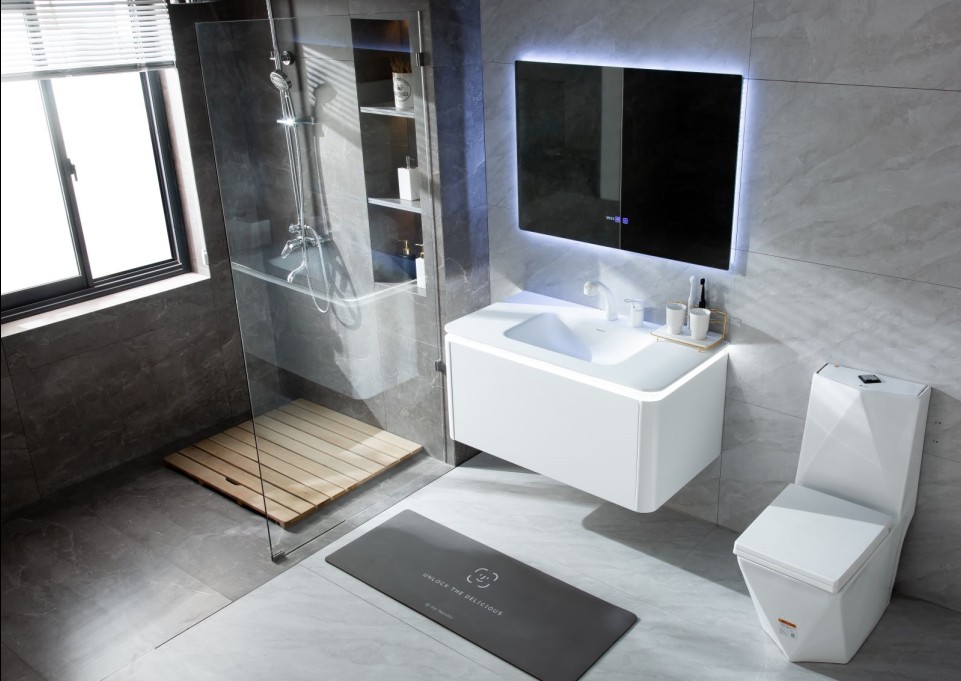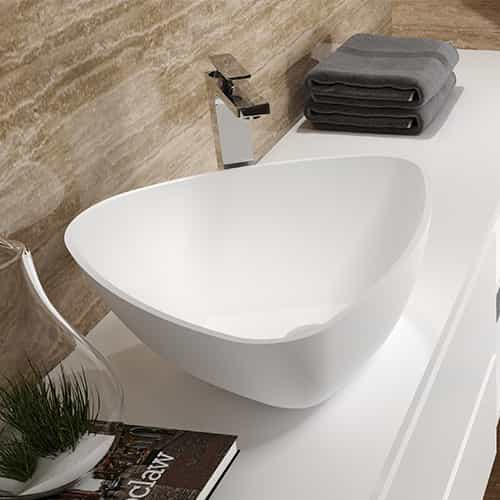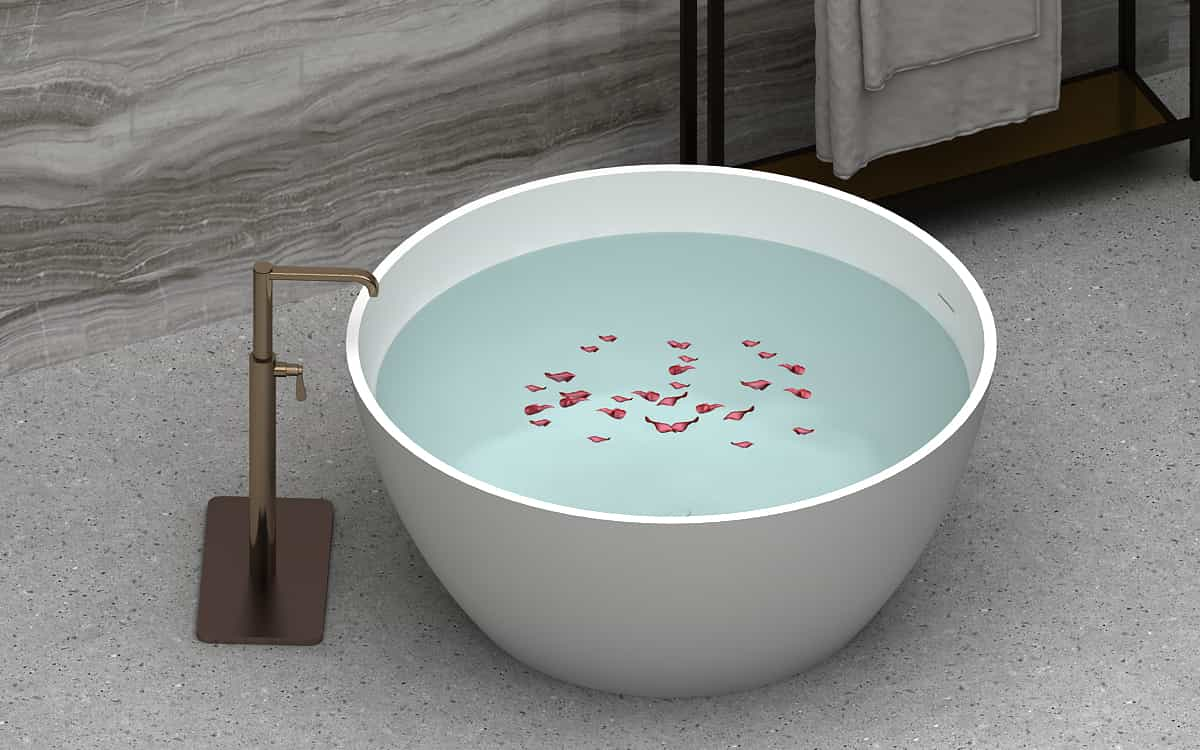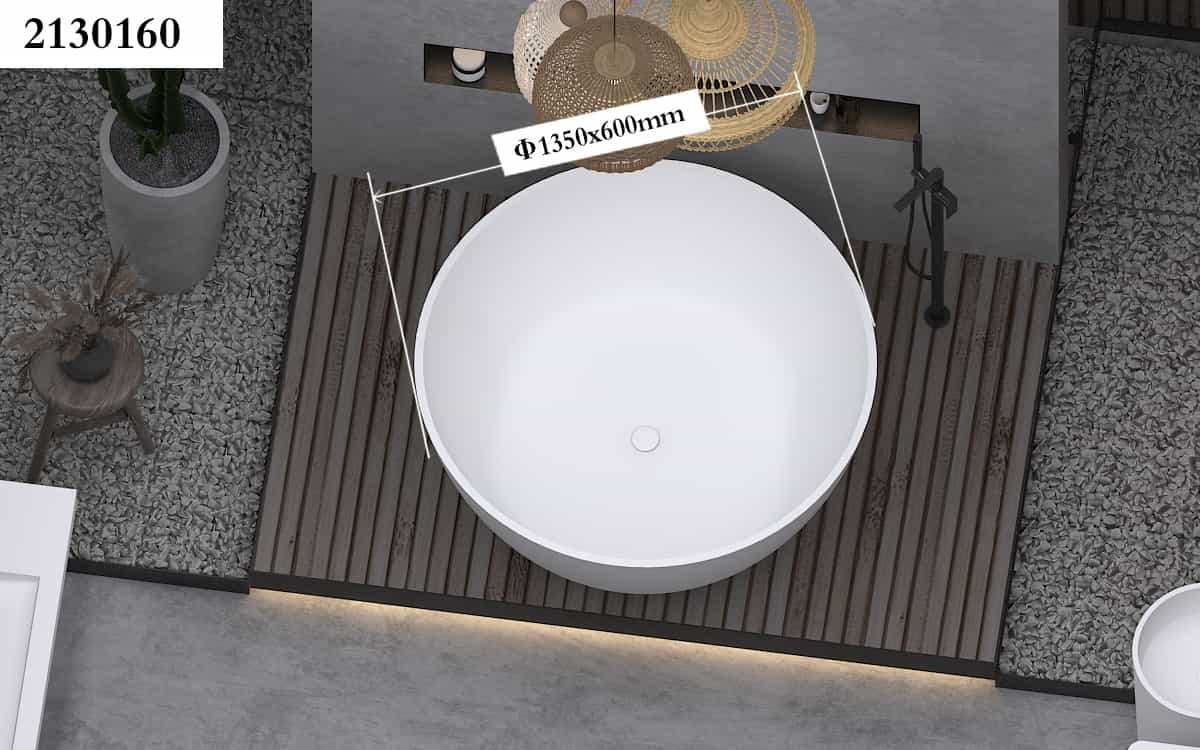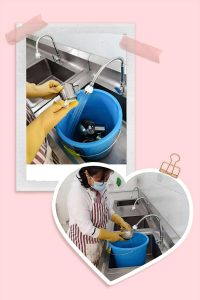
Range hood, gas stove, cabinet as the three components of the kitchen, are facing the &ldquo greasy &rdquo The problem is, how to remove oil to become the top priority of cleaning.
In the case of a range hood, the oil mesh and the air blade become two &ldquo oil collection points.rdquo Put the removed oil mesh into warm water with neutral detergent for 5-10 minutes, then use a soft plastic brush to remove dirt from the pores of the filter, and wipe it dry with a dry rag.
The cleaning liquid such as oil smoke can be sprayed on the wind blades of the range hood. In addition, you can carefully remove the fan blades, soak them in hot water mixed with homemade detergent and vinegar for about 15 minutes, and then scrub them clean with a rag.
When cleaning the kitchen, because the cabinet needs to be cleaned inside and outside, it is necessary to remove the bowls, dishes, chopsticks and other items in the cabinet and move them to the outside of the kitchen. Paint walls, tile countertops, etc. Because the oil smoke in the kitchen is often greasy, you can use dish soap to remove the oil. Generally, after brushing for 30 minutes, the painting effect is the best. If the oil stains accumulate in the sink for a long time and are difficult to clean, pour some detergent to remove the oil stains in the sink and rinse with hot water.
The oil of the gas stove is mainly on the top of the stove, so the top shelf can be disassembled &ldquo Boil in water &rdquo clean, fill a pot of water, put the stove shelf to be cleaned into the pot, add a little dish soap, the water is hot, the oil will automatically peel off.
Special dirty marks on the wall should be wiped off in time, and re-brushed when serious
The wall is exposed, and it is easy to leave stains such as foot graffiti. If you find that the special dirt on the wall should be wiped off in time, the method is to scrub the water-resistant wall with a cloth, and blot it with a dry towel after washing; For waterproof walls, wipe with rubber, etc. Or use a towel dipped in cleaning liquid to dry and gently wipe.
For some walls are more solid or difficult to clean with water stains. You can lightly erase the black with fine sandpaper and touch it up slightly with a wall paint brush. Light spots can be lightly sanded to reduce them. If the stain doesn’t come out, try wiping it off with a towel and a little toothpaste.
For example, where furniture is placed for a long time, furniture marks will appear on the wall, and shoe polish, offset prints, and key scratches left at the entrance cannot be removed and need to be repainted.
For the wall paint, the best cleaning and maintenance method is to wipe off the floating ash on the surface every day, and regularly clean and maintain the wax water in the fountain fog. This wax water not only has a cleaning effect, but also forms a transparent protective film on the surface, which is also convenient for daily cleaning.
Cleaning the faucet in the toilet area is key
Most areas of the bathroom are made of ceramic or glass material with smooth surface and easy to clean. Bathroom tiles are usually just dust and can be wiped clean with a damp rag. If the tempered glass door of the bathroom is particularly dirty, you can wipe it with a soft cloth and special cleaning solution, and then rinse it off with water.
Bathroom mirrors can be wiped with a clean, damp rag to make sure there are no cleaning products on the rag. It will be bright after a few times, but it is easy to have a watermark after wiping with dish soap. Toilet faucets and surroundings are the most dirty. The chrome-plated surface of the stainless steel faucet is prone to luster degradation and white spots, and scale stains are also easy to appear around the faucet. The place where the root of the faucet touches the ceramic basin is also a place where dirt is easily stored.
To clean the scale on the faucet, first rinse the faucet with clean water, wipe the gap with a soft toothbrush, and then dry with a soft cotton cloth; Then apply neutral detergent to the faucet, wipe it off with a soft cloth, and rub the crevices and roots of the faucet with waste stockings. Finally, clean the gap between the faucet and the ceramic basin.









